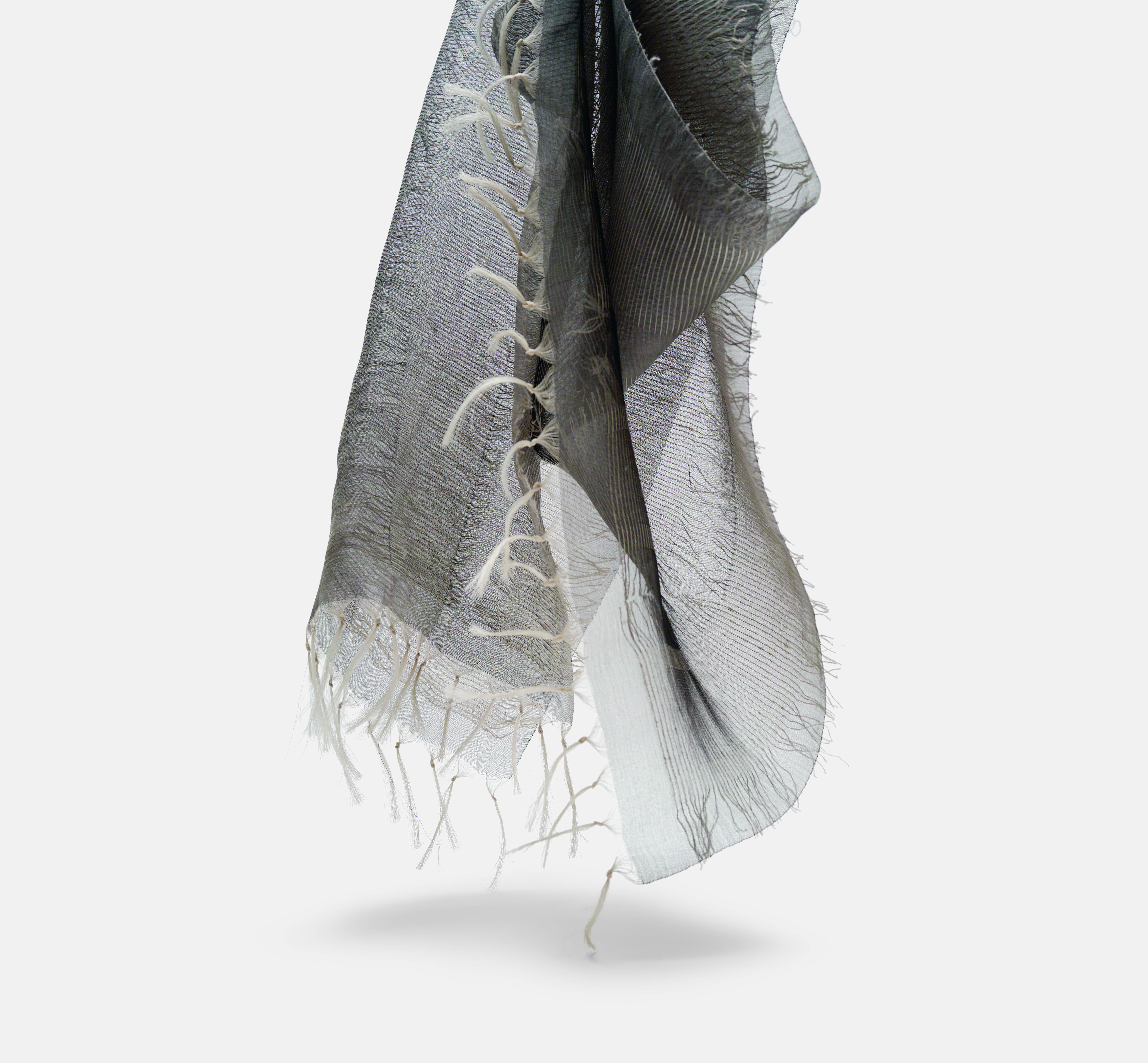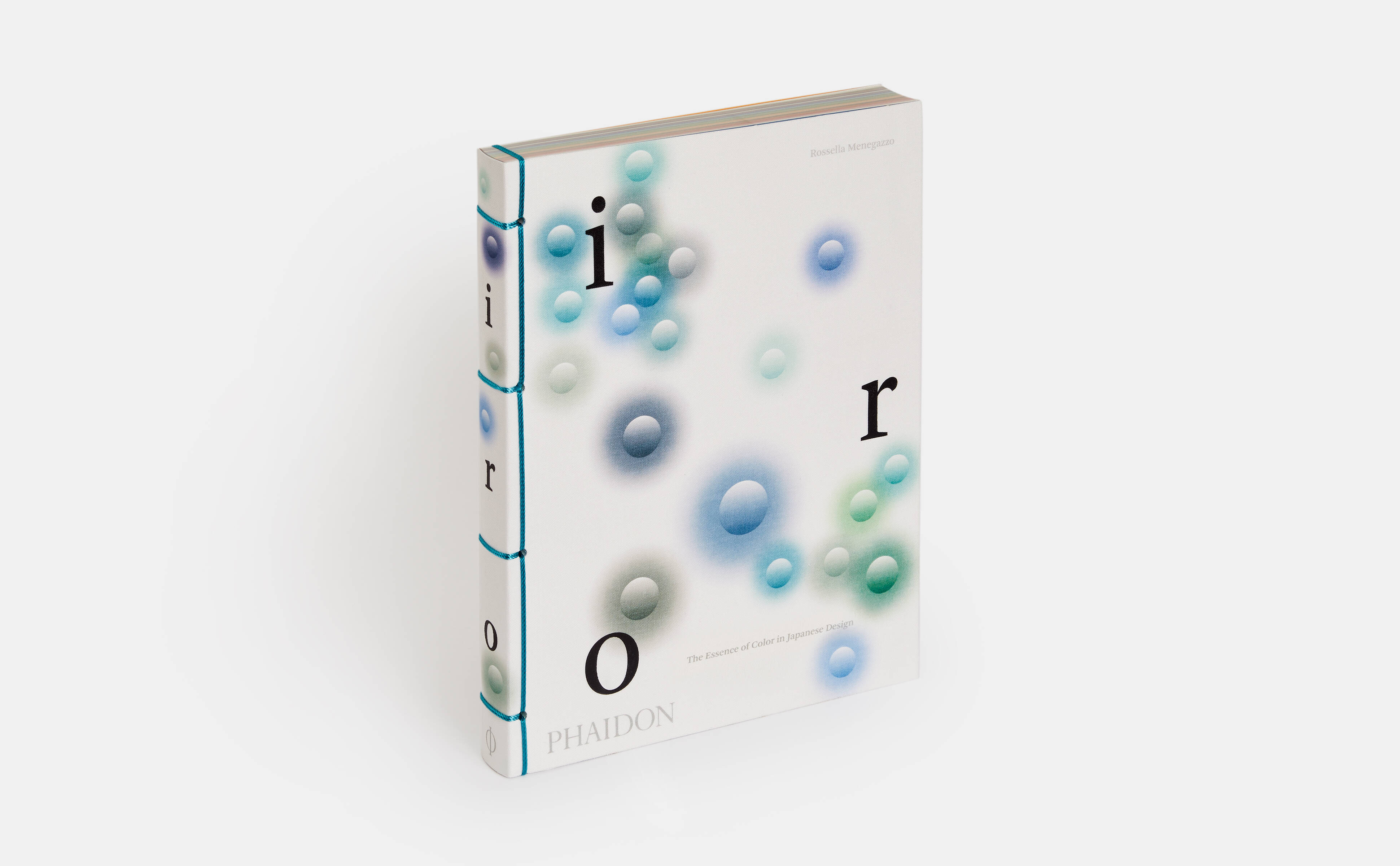
How a mouse made its way into Japanese fashion
Our new book Iro: The Essence of Colour in Japanese Design sheds light on the country’s most popular shades - and the rodent that inspired one of them
How do you say ‘colour’ in Japanese? ‘Iro’ is the simple answer. Our new book, Iro: The Essence of Color in Japanese Design, takes its name from the word for colour. However, as this new guide to pigmentation explains, discussing colour in Japan means the understanding and appreciation of many different things.
“Talking about colour in Japan means talking first and foremost about the natural world,” writes Rossella Menegazzo, the Italian art-history professor who specialises in the culture of Japan. “Seasons, plants, flowers, fruits, vegetables, the processes of blossoming and withering, insects, animals and molluscs, as well as stones, minerals and ashes, and of shadow, more so than light.
“However,” Professor Menegazzo goes on, “it also means talking about human feelings. Iro, shiki and shoku are all possible readings of the same kanji (Chinese character) 色, meaning ‘colour’, from which many compounds are derived. This includes related terms, such as chakushoku (colouration), shikisai (tone or hue) and senshoku (dye). But more broadly speaking, the same character can also be used to denote the colouring or complexion associated with particular facial expressions, collectively known as kaoiro: kishoku (the colour of joy), rōshoku (cheerful) and seishoku (liveliness), for example.”
Menegazzo’s book is filled with moving examples of Japan’s highly calibrated colour choices, from the most florid pinks through to the snowiest whites and inkiest blacks. Each has different cultural and naturally occurring reference points, and reveal unexpected reference points that might have been overlooked in other nations.
Consider, for example, sunezu, or pure mouse grey, a shade that pays tribute to this rodent’s coat. “Many traditional Japanese colour names contain the character for nezu (short for nezumi), which translates literally as ‘mouse’ and refers to the animal’s grey fur,” explains Menegazzo. “All of these names were coined during the Edo period (1603–1868), and it is said that nezu colours were so fashionable that there were more than one hundred shades.”

Mice might not seem like a welcome inclusion in one’s home or wardrobe, but as Menegazzo explains, other colours had more worrying, threatening connotations. “Although mouse grey is similar in colour to haiiro (or ash grey), it was called nezu to avoid an unfortunate association with fires, which were then the main cause of cities being destroyed.” . Compared to incineration, a minor rodent infestation might be a pleasant thought, when contemplating colour. To see further examples from this book and learn more about how pigmentation is considered in this country, order a copy of Iro here.